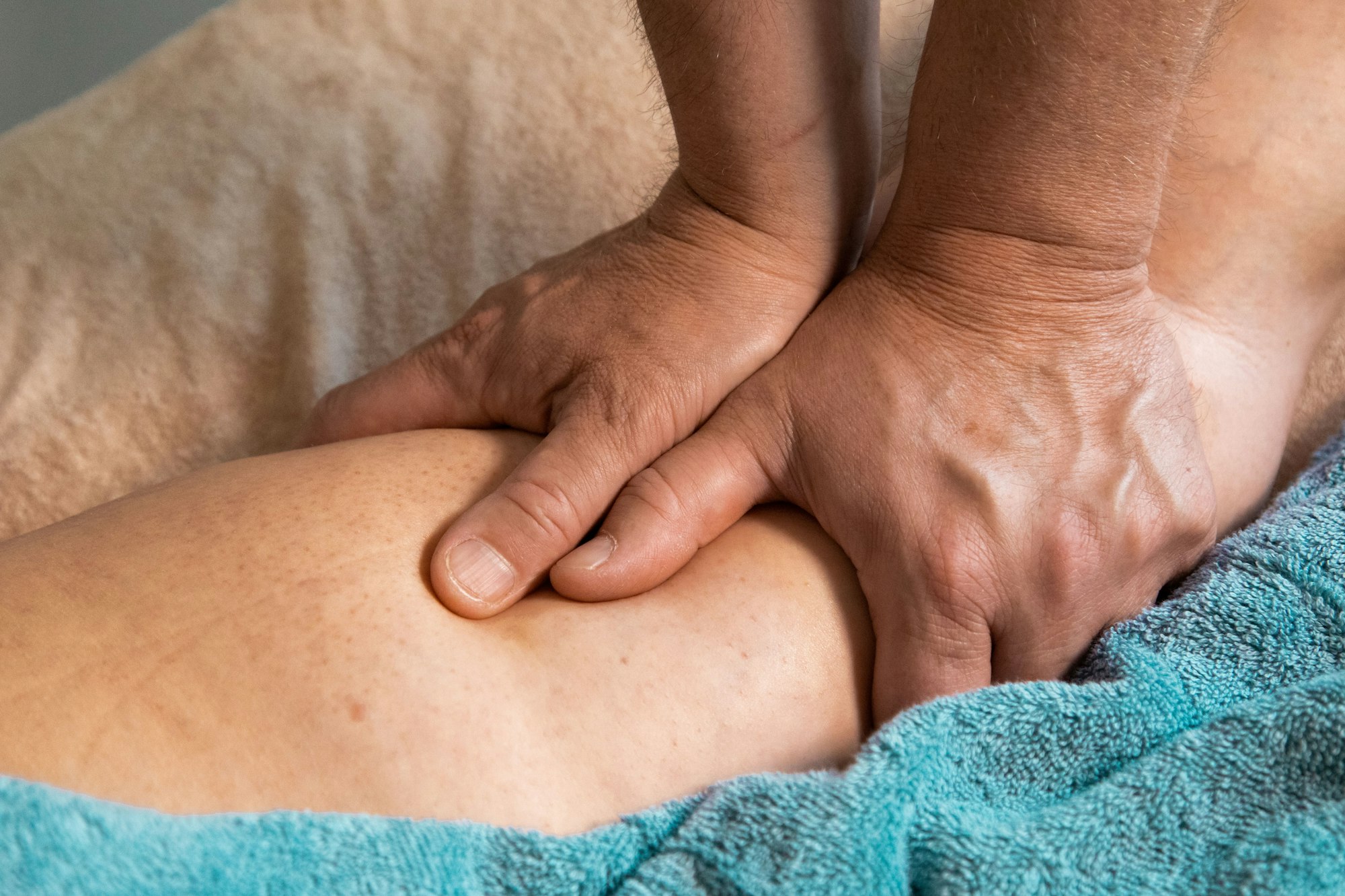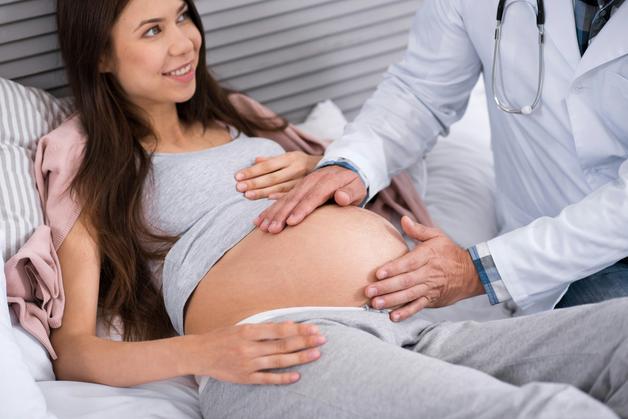As the final trimester approaches, questions multiply—with every sleepless night and each twinge of discomfort, parents-to-be often seek options that are both safe and scientifically grounded. Osteopathy late pregnancy surfaces again and again in forums and provider recommendations, yet there’s confusion: Is it gentle enough? What does it actually help with? Will it prepare the body for labor? This is an intense phase: weight increases, joints feel unfamiliar, and daily movement can border on awkward choreography. Digestive disturbances, sudden aches, and swirling emotions overlay this landscape. Exploring how Osteopathy late pregnancy operates, what medical science says, and what practical support looks like can change perspectives—and possibly, experiences.
How Osteopathy Late Pregnancy Responds to Transformations
The human body in the third trimester resembles a living, adapting mechanism. Hormones such as relaxin surge, deliberately loosening ligaments—especially around the pelvis—in preparation for birth. This natural “softening process” is vital, but it can also lead to instability in the pelvis and spine, occasionally creating an odd sense of looseness or even painful “clicks” at pubic joints. Lower back pain? Sciatic twinges zipping down the leg? These often result from present ligament laxity and shifting biomechanics. Osteopathy late pregnancy, using hands-on adjustments and manual therapy, seeks to restore equilibrium.
Short, gentle pressures—targeted at the musculoskeletal system—not only support better spinal alignment, but also relieve tension from the sacroiliac joints and lumbar spine. By promoting balance through techniques such as myofascial release (addressing fascial restrictions), and soft tissue massage (soothing spasms), osteopaths unlock more fluid movement. It’s not about “fixing” the changes, but guiding the body through them efficiently.
Circulatory, Digestive, and Neurological Shifts: What Parents Notice
Not only do bones and joints adapt, but so do blood vessels, muscles, and nerve pathways. The expanding uterus compresses everything in its path—bladder, bowel, veins—creating a domino effect:
- Edema (swelling in legs, feet, even wrists) often stems from increased venous pressure and reduced lymphatic drainage, sometimes contributing to carpal tunnel syndrome or heavy, aching limbs.
- The digestive tract experiences compression, inviting symptoms like heartburn, reflux, and a sensation of fullness.
- Pressure against pelvic nerves can lead to numbing, tingling, or radiating pain through sensitive regions—sometimes sparking anxiety over what’s normal.
Osteopathy late pregnancy can provide lymphatic drainage to assist swelling and circulatory congestion, while gentle mobilizations of the diaphragm and abdominal wall ease respiratory or digestive tension—a targeted response to physiological realities, not just vague discomfort.
Manual Techniques: The Science and Safety
A key question: How gentle does Osteopathy late pregnancy need to be? Research and clinical experience align—only the most adaptive, non-invasive practices are considered. High-velocity manipulations (those “quick clicks” used elsewhere) are expressly avoided to respect ligament laxity and protect both parent and baby from inadvertent stress.
The range includes:
- Soft tissue work: melt away tightness in back, pelvis, and hips.
- Myofascial release: improve overall tissue pliability, helping with both pain and mobility.
- Cranial osteopathy: focus on relieving tension at the head and neck, often linked to deep physical relaxation.
- Pelvic balancing: restore natural positioning, nurturing physical readiness for labor.
- Breathing and posture guidance: simple routines for daily comfort and sleep support.
Everything is adjusted based on ongoing evaluation, maternal feedback, and prenatal medical history. In the event of high-risk pregnancy complications—hypertension, placenta previa, infection, or new contractions—osteopathy is deferred, and urgent medical consultation is paramount. Collaboration between osteopaths and prenatal teams sharpens safety and continuity.
Benefits: Scientific Findings and Personal Accounts
Scientific reviews highlight that Osteopathy late pregnancy is effective in reducing lower back, pelvic, and sciatic pain, while also improving pelvic alignment and fetal positioning. An intriguing point: when the pelvic bowl aligns with optimal mobility and balance, some studies suggest a smoother progression in labor, though results vary widely due to other influencing factors (such as fetal weight, induction, and genetic factors).
Personal accounts echo the data—improved sleep, less anxiety, easier movement, and real relief from persistent aches. Swelling is lessened, posture finds its stability, and—significantly—parents report an uptick in confidence and emotional resilience against the flood of third trimester challenges. Everything builds toward feeling prepared, body and mind, for the birth ahead.
Safety First: Choosing the Right Osteopath
Not all practitioners are equally qualified. Seek an osteopath registered with recognized authorities, prioritizing those with specific training in prenatal care. Inquiry is key:
- Do they use evidence-based, non-forceful manual therapy?
- Are they open to collaborating with your OB-GYN or midwife?
- Can they explain, in accessible terms, what each session involves and adapt it depending on pregnancy changes?
Any practitioner who discourages medical coordination, lacks credentials, or uses vigorous techniques is best avoided. Osteopathy late pregnancy must always complement standard obstetric care—never replace it.
Integrative Support: Osteopathy and Multidisciplinary Care
The strength of Osteopathy late pregnancy doesn’t lie in isolation. Best results emerge from integration—when osteopathic sessions are harmonized with prenatal yoga, pelvic floor physiotherapy, and ongoing medical supervision. When communication is transparent between all caregivers, even subtle shifts or early signs of distress are recognized quickly, sustaining both safety and well-being.
Some parents opt for weekly appointments as labor draws near; others prefer just a few check-ins. What matters most? A sense of autonomy—choosing the kind of support that fits unique needs and circumstances, with expert input along the way.
Real-Life Experiences: Beyond the Theory
Listen to the breadth of stories from parents—the woman whose sleep returned after months of restless tossing, the partner relieved to see swelling subside, or the first-time parent whose anxiety eased with clear explanations and gentle care. Research affirms these experiences, demonstrating measurable improvements in comfort, movement, and psychological outlook. Osteopathy late pregnancy is not a miracle, but an alliance with the body’s innate capacity for adaptation.
Key Takeaways
- Osteopathy late pregnancy is recognized for addressing physical and emotional challenges in the third trimester, from pain relief to improved mobility and sleep.
- Safety is anchored in gentle, scientifically endorsed manual therapies—no forceful manipulations, only consensus-driven care.
- Integrating osteopathy with wider prenatal care—yoga, physiotherapy, medical checkups—optimizes outcomes, while screening for contraindications maintains safety.
- Seek qualified, collaborative practitioners and ask about both experience and approach.
- Comfort, confidence, balance, and education are not distant goals—real stories and clinical data support the benefits.
- If you’re searching for further guidance or want ongoing support, there are resources at your fingertips: download the Heloa app for personalized advice and free health questionnaires for your children—ongoing support begins now, not just when labor arrives.
Questions Parents Ask
Can osteopathic treatment be combined with other prenatal therapies, such as physiotherapy or massage?
Absolutely, osteopathic care often works in harmony with other forms of prenatal support like physiotherapy or gentle pregnancy massage. Collaboration between different professionals can be very beneficial, as each approach may target different aspects of discomfort or mobility. If you souhaitez combiner plusieurs pratiques, assurez-vous simplement d’informer chacun de vos thérapeutes de vos soins en cours afin d’adapter les séances à vos besoins et d’assurer votre sécurité, ainsi que celle de votre bébé.
Is osteopathy in late pregnancy suitable for everyone?
Most pregnant individuals can benefit from osteopathic care, but it is essential to consider your specific situation. If you have a high-risk pregnancy, complications, or any concerns, it is always best to first discuss with your medical provider before scheduling a session. Pregnancy osteopaths adjust their techniques to suit your unique needs and may even choose to delay or adapt treatment if needed to ensure your wellbeing.
How many osteopathy sessions are usually needed at the end of pregnancy?
The frequency and number of sessions can vary greatly depending on your personal comfort, health history, and what you hope to achieve. Some parents find relief after just a couple of visits, while others feel more reassured with regular appointments as labor approaches. There are no strict rules—listen to your body, and feel free to adjust your care plan with advice from your care team as your pregnancy progresses.









